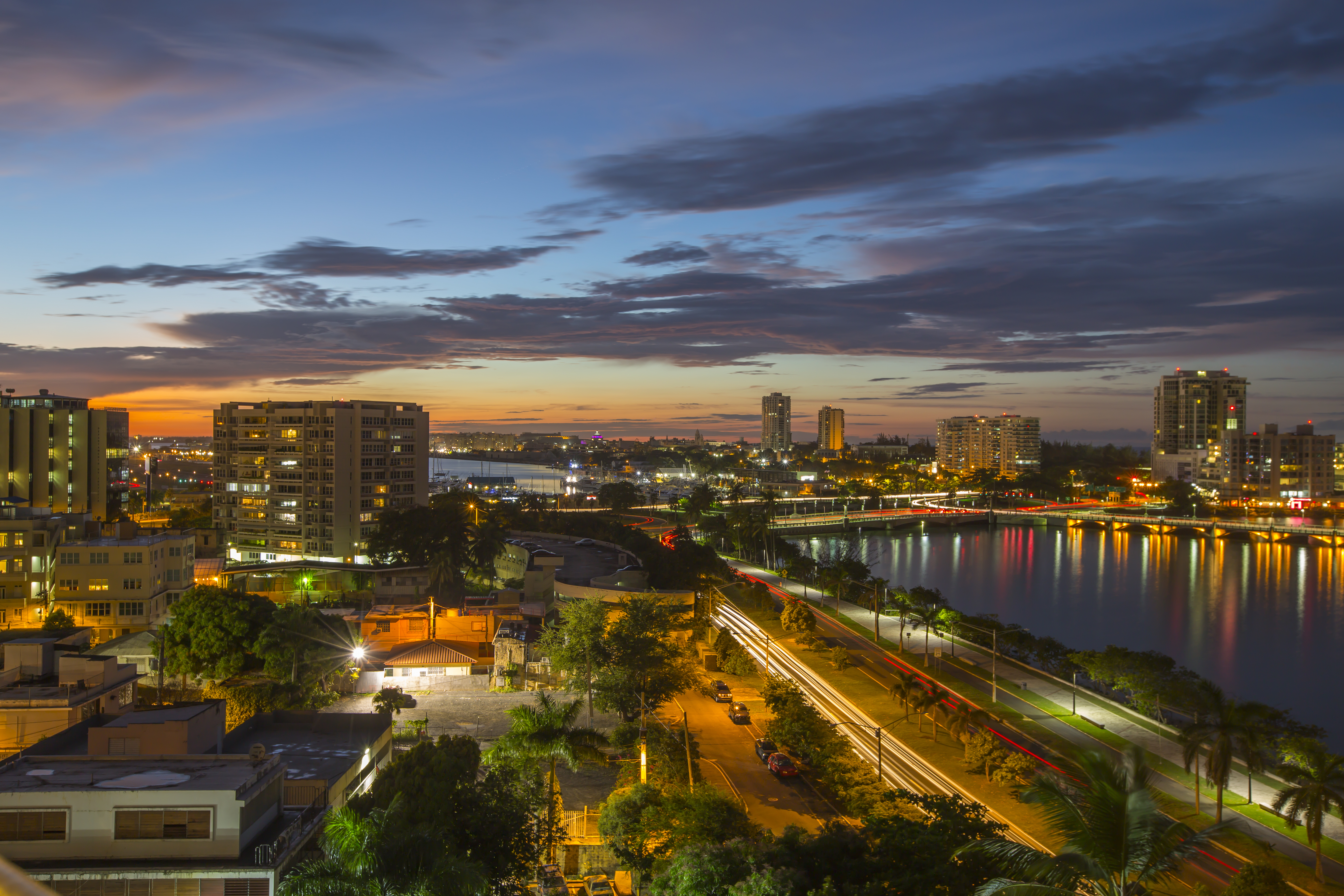
Transitions
Published on March 17, 2019 / Leer en español

Policy Director
SHARE
Periods of transition tend to be turbulent times, filled with uncertainty and conflict. In the sciences, for example, as Thomas Kuhn explains in his book “The Structure of Scientific Revolutions,” the period between the questioning of a prevailing paradigm and the acceptance of a new paradigm to replace it is filled with uncertainty, with bitter debates arising between those defending the existing paradigm and those putting forth a new way of understanding nature.
Today in Puerto Rico, we are beginning the transition from an electrical system based on large, centralized generating plants burning fossil fuels to a new system based mostly on distributed generation using renewable sources of energy.
It should not surprise us, then, that a public debate has begun between those who support differing paths toward achieving this transformation. This clash of ideas and visions is healthy, so long as the participants in the debate act in good faith and with transparency, as they should in a society that calls itself democratic.
At the Center for a New Economy, we believe that the new electrical system in Puerto Rico should maximize the integration of renewable energy and energy-storage technologies into the system in order to provide reserves, other auxiliary services, and additional load at peak hours.
When we refer to renewable sources of energy for generating electricity, we are referring not just to solar photovoltaic energy and wind energy, but to any other clean, safe, renewable technology that has been proved feasible on a commercial scale—for example, solar thermal energy. We believe that in order to create a portfolio of generation that is as diversified as possible given the current state of technology and the technology projected for the near future, all feasible options that meet the parameters of cleanness, safety, and renewability should be considered.
Unfortunately, the technology available at the moment does not allow the full demand for electricity in Puerto Rico to be satisfied with renewable sources of energy. Generation through renewable sources is intermittent, and although that problem can be mitigated with energy-storage technologies such as batteries, it cannot be completely eliminated.
Puerto Rico needs to satisfy a base load the entire day in order to keep schools, businesses, offices, hospitals, hotels, and factories running, not to mention the electricity needed for our homes. Providing solar energy to the corner grocery store is not the same as providing electricity for a modern economy and society of 3.1 million people. And we simply do not see as feasible—in either the short or medium term—a scenario in which distributed generation, using photovoltaic panels, can be mass-installed using the roofs of 65 percent or more of the existing buildings in Puerto Rico.
Therefore, we have no alternative but to add generation capacity from non-renewable sources. Yet we have been criticized for suggesting that the gap between the demand and the supply of electricity should be closed using natural gas, which we understand to be one of the least polluting and safest of the non-renewable sources—criticized, it must be said, despite the fact that we have made clear that the new natural gas infrastructure we build should be the minimum necessary for maintaining the stability of the system and allowing the maximum use of renewable resources.
This means:
- promoting the integration into the system of highly efficient and relatively small generation units, consistent with the redesign of the transmission and distribution network, and without using gas pipelines;
- that this construction should be limited to units the investment in which can be recovered in 20 years or less; and
- prohibiting new construction of generation units using fossil fuels after 2030, in order to encourage the transition to renewable sources and attain the ultimate objective of generating 100% of our electricity with renewable sources of energy by 2050. Obviously, we are willing to listen to organizations or individuals who support other alternatives or plans.
We have also been criticized for not supporting nuclear energy to generate electricity, despite advances in this area. It is true that the nuclear generation technology has improved significantly since the 1970s—improved so much that according to a recent article in The Atlantic some of the architects of the “Green New Deal” are not ruling it out as part of their solution for eliminating greenhouse gas emissions.
In the case of Puerto Rico, we do not see the nuclear option as feasible. However much the technology has improved, the risk of a “black swan” event—highly unlikely but with catastrophic consequences—cannot be completely eliminated. The risk of a nuclear accident on an island the size of Puerto Rico, however remote it might be, is simply unacceptable, because it represents an existential threat to our society. In addition, ask yourself whether you feel comfortable with the idea of providing Uranium-235 to PREPA, one of the most corrupt and worst-administered government agencies in our history.
At the beginning of this transition we have to accept that there are no perfect solutions. They all have their costs and benefits, and they require us to make trade-offs. Be wary, then, of false prophets hawking solutions that require what a poet once called “the willing suspension of disbelief.” And especially wary of those who have just arrived in Puerto Rico, with little knowledge and even less understanding of our economy, society, and electrical system.
